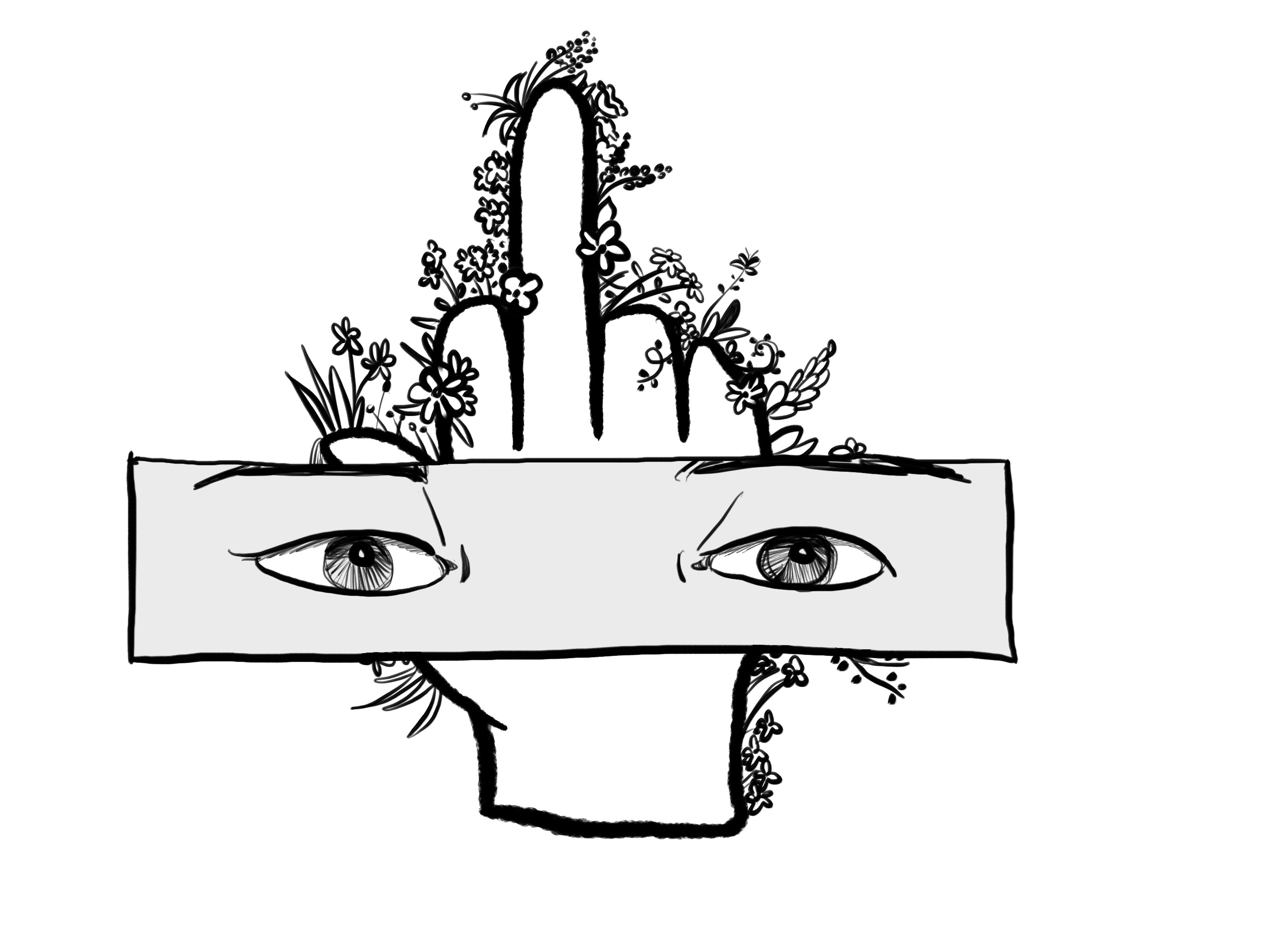State of the Art: Revisiting my roots through China’s most dangerous artist
Last Thursday, I sat in the gilded foyer of Marciano Art Foundation surrounded by press personnel from across the Los Angeles art scene who were infinitely more experienced and better dressed than I was. Armed with my artsiest tote, notepad and knowledge from hours of internet stalking Ai Weiwei, I (a dazed, but eager editorial intern) was ready to come face to face with the storied Chinese activist-artist at the opening reception for his first major solo exhibition in Los Angeles. My heart raced as Ai took the podium to address the meager congregation of journalists. Donning a modest navy linen button-down and his signature salt-and-pepper beard, and speaking gently and graciously in accented English, he hardly looked the part of a dissident christened the most dangerous man in China.
As evidenced by the involuntary gasp I captured on my voice recording of his speech, I was starstruck.
Growing up, vacations to China were so scarce that each trip became a sentimental ordeal. I would mark the dates on calendar with a bold marker and start brushing up on my Chinese for my grandparents months in advance. I would dream of my aunts steaming, savory dumplings, the playground near my cousins apartment and the neon street signs Id see as I rattled across Beijing in a rickety city bus. These excursions throughout my parents homeland became some of the most colorful and nostalgic memories of my childhood.
Ai Weiwei is influential to me and so many others because he utterly shattered that illusion.
Under Chinas porcelain veneer is an illustrious history of rebels and free-thinkers such as Ai, who has been beaten by police, kept under house arrest, subjected to surveillance and had his studio bulldozed for exercising free speech. Through digital media and art installations of epic proportions, Ai calls attention to global human rights violations. From smashing a Han Dynasty urn to flipping off Tiananmen Square Gate in an outrageous photograph, he is a decidedly unsaintly provocateur even having a meal with Ai or retweeting him is regarded as an act of rebellion.
No matter the medium or genre, Ai never fails to deliver a larger-than-life message of disdain. Walking into every one of his exhibitions (which teeter on the boundary between political commentary and spectacle), I am immediately stunned by both the the grand scale and intricate intensity of his work.
At MAFs Ai Weiwei: Life Cycle, I was greeted by a vast, hallucinatory sea of 50 million handmade sunflower seeds spread in a plinth across the ground affront an equally majestic amalgamation of broken teapot spouts. Sunflower Seeds and Spouts serve as metaphors for the futility of materialism and the preservation of individuality amid mass production and collectivist thinking.
Further in the gallery is the exhibitions centerpiece, Life Cycle a large-scale raft reminiscent of those used by refugees heading for Europe flanked by Ten Windows, vignettes depicting scenes from Chinese history, and overlooked by Shanhaijing, bamboo-and-silk mythical creatures suspended from the ceiling.
I walked the perimeter of the entire gallery at least six times and noticed new thematic minutiae each time. I read every single inscription encircling the base of Life Cycle, gripping quotes about mass human migration from historical figures. I felt, solemnly and wholly, the pain of the plights Ai wanted to reproduce as well as the grievances that motivated him.
Above all, no matter how big a stake he claims in the global human rights crisis, Ai remains true to his roots. Every idea, every motif, every material chosen harkens back to Chinese culture and history, and serves as condemning commentary on the governments blatant oppression of its citizens. Walking through his galleries, I was overcome with reverence for Chinas esteemed history, yet also frustrated at its current human rights track record. I am reminded of how lucky I am that my father had the opportunity to attend university so I wouldnt have had to grow up under its tyrannical regime. I wouldnt have been able to pen this column, broadcasting my neuroses across campus, receive such a prestigious higher education or even have a younger sibling.
In his 2012 documentary Ai Weiwei: Never Sorry, Ai likens art-making to a game of chess, saying artists are merely responding to the circumstances of the world around them. Given that he spent his childhood banished for his fathers dissenting poetry and all he has endured at the hands of state police, Ais extravagance and lack of remorse are no surprise. Ill always have a soft spot for my motherland, but it took one hell of a delinquent artist in exile for me to see China for what it truly is.
Catherine Yang is a junior majoring in communication. She is also the associate managing editor of the Daily Trojan. Her column, State of the Art, runs every other Tuesday.

